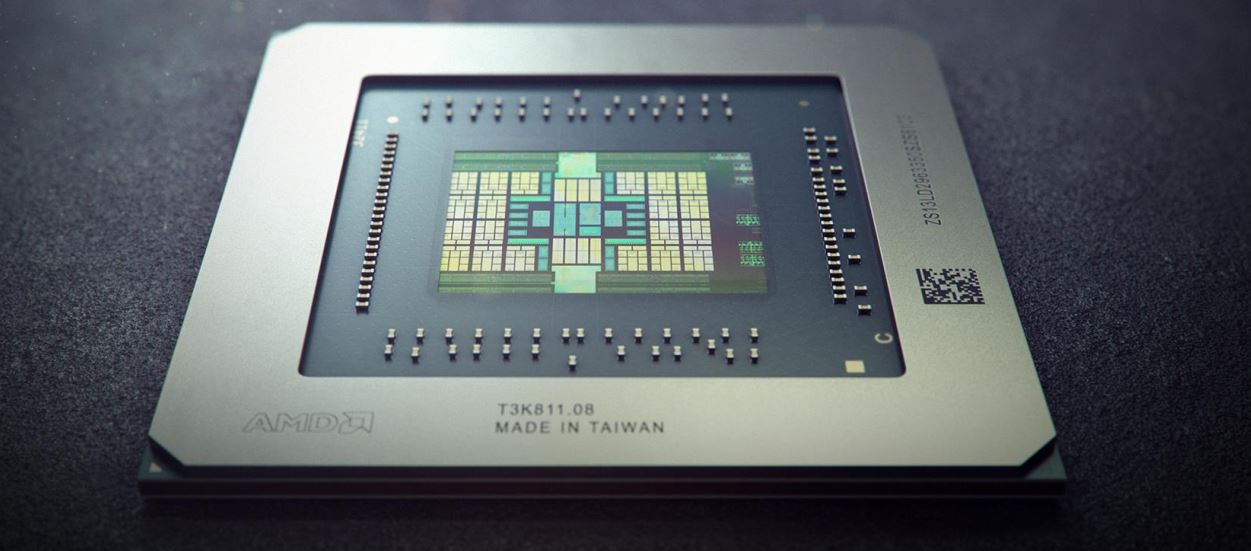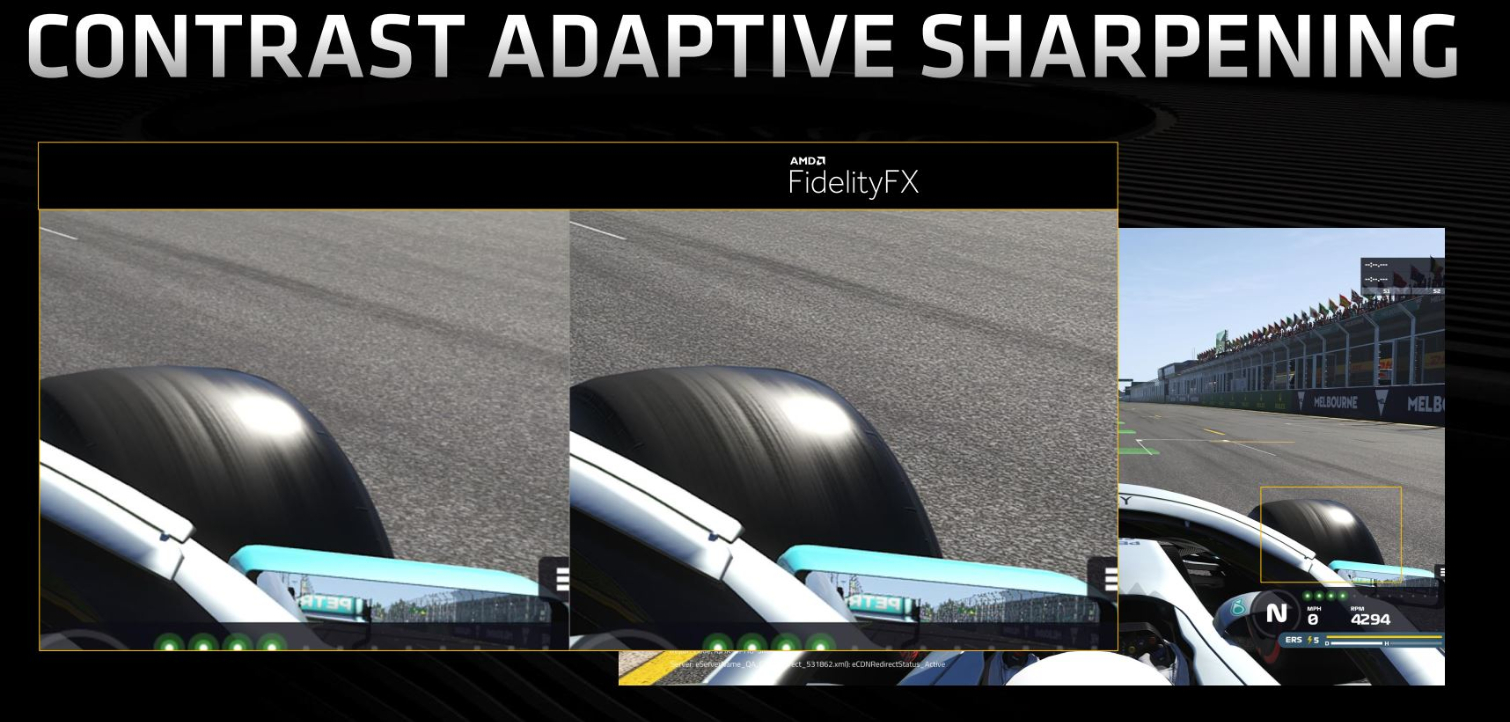F1 2019 First Game to Support Both AMD FidelityFX and Nvidia DLSS (Update)
Updated, 8/13/19, 4:10 p.m. PT: Codemasters, the developer for F1 2019, has pulled DLSS from the game due to it being "in an unfinished state" and only "partially completed." Nvidia reached out to us to let us to fill us in on the details. The company says that when DLSS is reintroduced to F1 2019, visual quality will have been improved.
FidelityFX should still be available. It will be interesting to see how FidelityFX compares against DLSS once it returns to F1 2019. Codemaster's update is here:
"UPDATE: Just a quick update on yesterday’s correction to our patch notes for 1.07. We inadvertently released a partially completed integration of Nvidia’s DLSS technology in patch 1.07 which was not supposed to be enabled until a later patch. We are currently working towards enabling this in a completed state for an upcoming patch. Thanks to Nvidia for helping us in tracking down this issue. We are continuing to track down and fix more bugs and we’ll have more information about any further patches soon."
Original Article, 8/5/19, 12:44 p.m. PT:
It's mostly a given that AMD always has its version of whatever Nvidia has (and sometimes vice versa), and with FidelityFX AMD finally has an answer to Nvidia's DLSS upscaling technology. Surprisingly, there is already a game on the market today that not only supports FidelityFX but also DLSS: F1 2019. Furthermore, FidelityFX is not an AMD GPU-exclusive feature; you can also use it with Nvidia GPUs.
In case you're not aware, AMD announced FidelityFX alongside its new Navi 5700-series of GPUs. On its website, AMD says FidelityFX "combines Contrast-Adaptive Sharpening (CAS) along with Luma Preserving Mapping (LPM) technologies to deliver great-looking visuals while gaming." This is similar to DLSS, which uses AI Tensor cores to take a low-resolution image and scale it up to 1440p or 4K while maintaining higher performance than expected for the resolution. However, DLSS is not a perfect technology and can introduce artifacts, and we don't expect FidelityFX to be perfect, either.
F1 2019 was recently updated to support both DLSS and FidelityFX, so it will be interesting to see which technology is superior in terms of performance and image quality, especially because FidelityFX can be used on both Nvidia and AMD GPUs. This is thanks to AMD's GPUOpen initiative (you can even download the FidelityFX source code).
Get Tom's Hardware's best news and in-depth reviews, straight to your inbox.
FidelityFX vs. DLSS seems to be another classic case of AMD using open source technology to compete with Nvidia, which typically uses proprietary technology. Some classic examples of this in the past have been TressFX vs. Hairworks, ROCm vs. CUDA, and most famously FreeSync vs. G SYNC. It's hard to tell which technology will become the standard for games, but considering the success of open-source FreeSync/adaptive sync monitors and DLSS's requirement of an RTX GPU, AMD's preferred solution has a good chance of succeeding, as long as it can justify its own existence.

Matthew Connatser is a freelancing writer for Tom's Hardware US. He writes articles about CPUs, GPUs, SSDs, and computers in general.
-
mitch074 According to... Yourself (https://www.tomshardware.fr/test-comparatif-visuel-radeon-sharpening-nvidia-dlss/), AMD's solution works better than Nvidia's. It also works on older generation hardware while Nvidia's is limited to their latest RTX cards.Reply
Better, open source, backward compatible - yeah, I guess when it comes to upscaling DLSS is crap.

